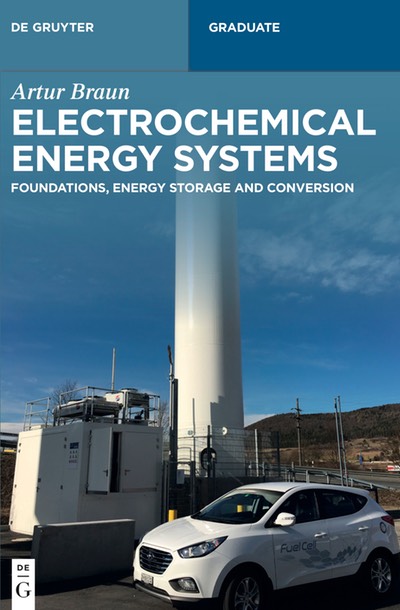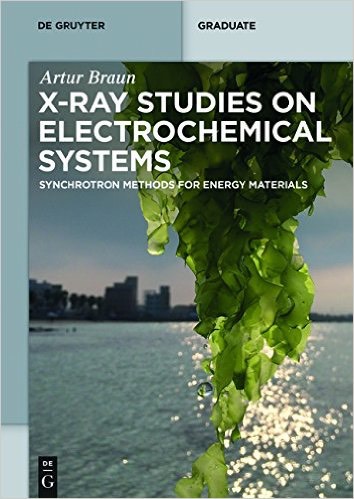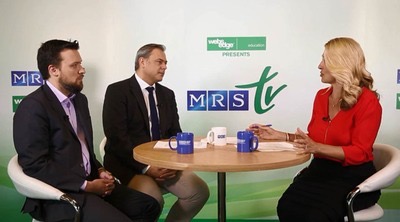For a very short period, in the end of 1999, I was a postdoc and beamline scientist at the TOPSI reflectometer at the Swiss Laboratory for Neutron Scattering in Villigen, PSI. I worked here on neutron mirrors, particularly on the so-called Ni-Ti neutron supermirrors.
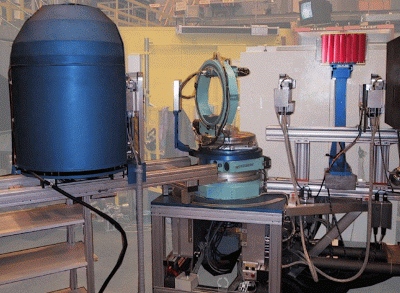
My supervisor suggested to make a Ti-Ni multilayer sputtered on glass with distinct relative Ni and Ti film thicknesses to each other so that a sinusoidal concentration profile would be approximated (Approximation of a sinusoidal scattering length gradient in a pseudo-bilayers by series of bilayers with matching layer thicknesses). I developed for this a numerical sputter recipe, and the technician and me sat together quite some long time over the magnetron sputter machine to deposit the matching layer thicknesses. Subsequent annealing of the multilayer in a furnace would smoothen out the edges by diffusion. We never published that, so here below is a brief description about what we did:
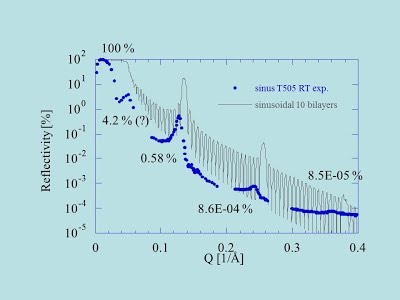

Bilayer with sinusoidal variation of scattering length density reflect incident intensity only for order m=0 and m= ± 1. No reflected intensity for higher orders (V.F. Sears, Acta. Cryst. (1993) A39, 601-608). May be an interesting route to remove scattering contamination from higher harmonics. Make such a bi-layer of thickness d from n sub-bi-layers from Ti and Ni, whose relative thickness are chosen so that their resulting scattering length density matches a sine function. Below (right) you can see the calculated profile that I got using Maple. The graph on the left shows the x-ray reflectivity of the obtained multilayer after some time at some temperature in the furnace, and also the modeled reflectogram.
See also http://www.swissneutronics.ch/

